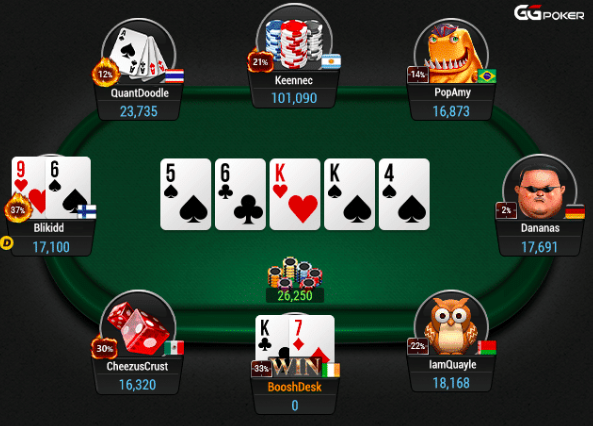Texas Hold'em Poker remains one of the most beloved card games worldwide, offering players a mix of strategy, psychology, and luck. This segment introduces the basic rules and the thrill of chasing Pokerist trophies.
Understanding the Basics of Texas Hold'em
Basic Rules: Texas Hold'em begins with each player dealt two private cards (hole cards) followed by a series of five community cards laid out in three stages. Players must make the best five-card combination using any five of the seven available cards.
Hand Rankings and Their Importance
Hand Rankings: From a High Card to a Royal Flush, understanding hand rankings is crucial. Higher-ranked hands dominate lower ones, essential knowledge for deciding whether to bet, call, or fold.
Advanced Betting Strategies
Betting Strategies: Effective betting strategies involve more than the cards you hold; they require reading the table dynamics and psychological manipulation. Examples include the conservative ‘Check-Raise' and the aggressive ‘All-in' tactics tailored to different game progressions.
Mastering Card Reading and Poker Psychology
Card Reading Skills: Successful poker players excel in ‘reading the table,' which involves predicting opponents' hands based on their betting behaviors and exhibited tells. This skill can dramatically increase your success rate in Pokerist and beyond.
Earning and Unlocking Pokerist Trophies
Earning trophies in Pokerist adds exciting challenges and recognition to the game. Trophies often require completing specific tasks, such as winning with a Royal Flush or knocking out a certain number of players in tournament play. Each trophy serves as a benchmark of your growing skills and strategic understanding.
Conclusion: Becoming a Champion in Texas Hold'em
The journey to mastery in Texas Hold'em Poker is as exhilarating as it is demanding. By focusing on these fundamental and advanced strategies, and aiming to achieve Pokerist trophies, you will enhance not just your gameplay but also your overall appreciation of poker's depth and complexity.




